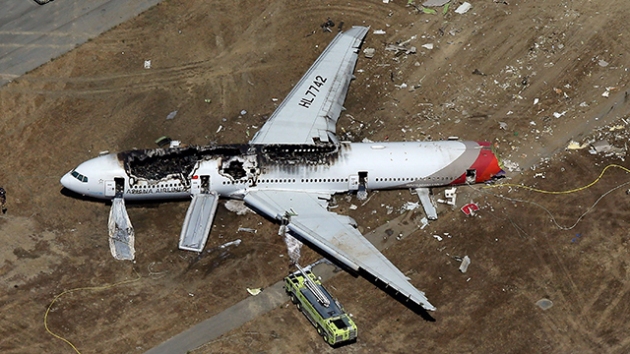Jersey Jazzman: On the New TFA Study: People, Calm Down!
I really don't have time to take a long, hard look at the new Teach For America study, which "confirms" that TFA "works" because its randomized design is the "gold standard," and anyone who doubts this is "quibbling."
There's been some good reporting on this: start with Dana Goldstein and Stephanie Simon, two journalists who regularly stop and think for a minute before they write. Would that all education writers follow the same advice; they might realize that...
- Effect sizes matter. The study shows a difference of .13 standard deviations in high school math and .06 standard deviations in middle school math. That is equivalent to moving a student from the 27th percentile to the 30th. The study uses the "x months of learning" conversion to say that's 2.6 months of learning; I find that to be misleading at best. Having four TFA teachers in a row isn't going to mean that a student will take calculus in their senior year instead of pre-calculus: these effects aren't necessarily cumulative.
What really should be reported is how many more questions the TFA students got right on the final tests. And it can't be many when an effect size is that small. Statistically significant? Sure. But practically significant? Come on. And I'm not even going to deal with the scaling problems here...
In addition, TFAers come from elite schools, which means they generally have good test-taking abilities. Are they able to impart those abilities on to their students? And is that "real" learning, or simply learning how to beat the system?
In any case, the results here seem like a great candidate for a treatment from the Mountain-Out-Of-A-Molehill-INATOR: there's just not that much here to get excited about.
- Some randomness isn't full randomness. OK, so the kids are randomly assigned -- but the teachers weren't. The TFAers aren't going up against the entire population of "regular" math teachers; they are matched only with those teachers who:
- Teach the same subject,
- In the same school,
- To which only TFAers are assigned.
1) Mathematica TFA study does not say much about TFA writ largeThe sample is large and covers an adequate number of students, schools and states. However, there are clearly some issues in the TFA sample that calls into question whether it really represents TFA and the profession more broadly.The sample only contains secondary math teachers. However, in most communities, the majority of TFA teachers teach elementary, not secondary (See Houston example below).The sample is heavily weight toward middle school, 75% of the classroom matches were middle school. Middle school teachers are much rarer in TFA assignments in districts like Houston (See below).Not only is the sample secondary, but it is focused specifically on math teachers in middle and high school.Although there is of course variation by site, relatively few TFA teachers teach secondary math. For example, around82% of TFA teachers in Houston teach subjects other than secondary math.
And so on. My fav part?
In sum, you will be a better airline pilot (teacher) if:
- You do not have ongoing pilot training, it will hurt your flying skills.
- You do not study to become a pilot before piloting a plane. Just rev the engines. Wohoooooooo.
- Using a flight simulator to test your ability to fly a plane before hand will have no relationship to your ability to fly a plane.
Oh, my...
This blog post has been shared by permission from the author.
Readers wishing to comment on the content are encouraged to do so via the link to the original post.
Find the original post here:
The views expressed by the blogger are not necessarily those of NEPC.


